Top Ice Safety Tips for Manitoba Anglers
Manitoba ice anglers are fortunate to enjoy a long and rewarding winter season. Our season often starts early, with anglers targeting first ice walleyes on Lake Manitoba, incredible stocked trout in the Parkland, and legendary pike and lake trout across the north. Eventually, Lake Winnipeg freezes up and joins the mix, bringing its famous greenback walleyes into the winter lineup.
However, this is also the time when ice conditions are at their most unpredictable. This blog is dedicated entirely to ice safety, providing essential information and trusted resources to help ensure that you stay safe on the ice this year.
The Life Saving Society of Manitoba
The Life Saving Society of Manitoba is the province's water safety leadership organization. Their mission is to prevent drowning and water-related injuries through public education, community guidance, and preparedness training. Their winter ice safety page provides clear guidance on interpreting ice conditions and understanding safe thickness guidelines for pedestrians, snowmobiles, quads, and other vehicles.
Download the Ice Smart Brochure to learn how to be safe in, on and around the ice this season.
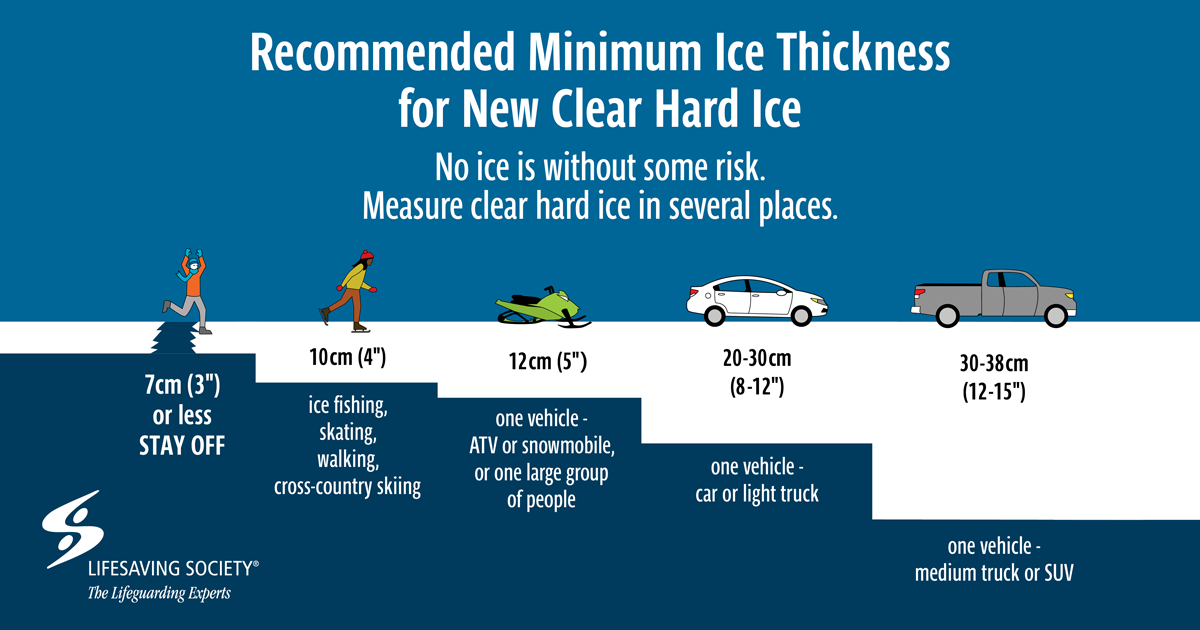
This organization remains one of the most trusted authorities for Manitobans travelling onto frozen bodies of water and is a must-review resource for all ice travellers.
Pre-Ice Planning and Research
Before stepping onto frozen water, take the time to prepare using both environmental awareness and community-based information. This step is often overlooked, yet it is the most effective way to avoid unsafe conditions. Understanding weather patterns, freeze trends and recent reports allows you to form an educated opinion about where you can travel safely and where caution is required.

Checking multi-day weather forecasts helps you determine whether the ice is gaining strength or weakening. Monitoring wind direction and speed can reveal where ice may have shifted, fractured or piled into pressure ridges. Reviewing local angler reports and verified updates can provide you with firsthand knowledge from people who were recently on the ice.
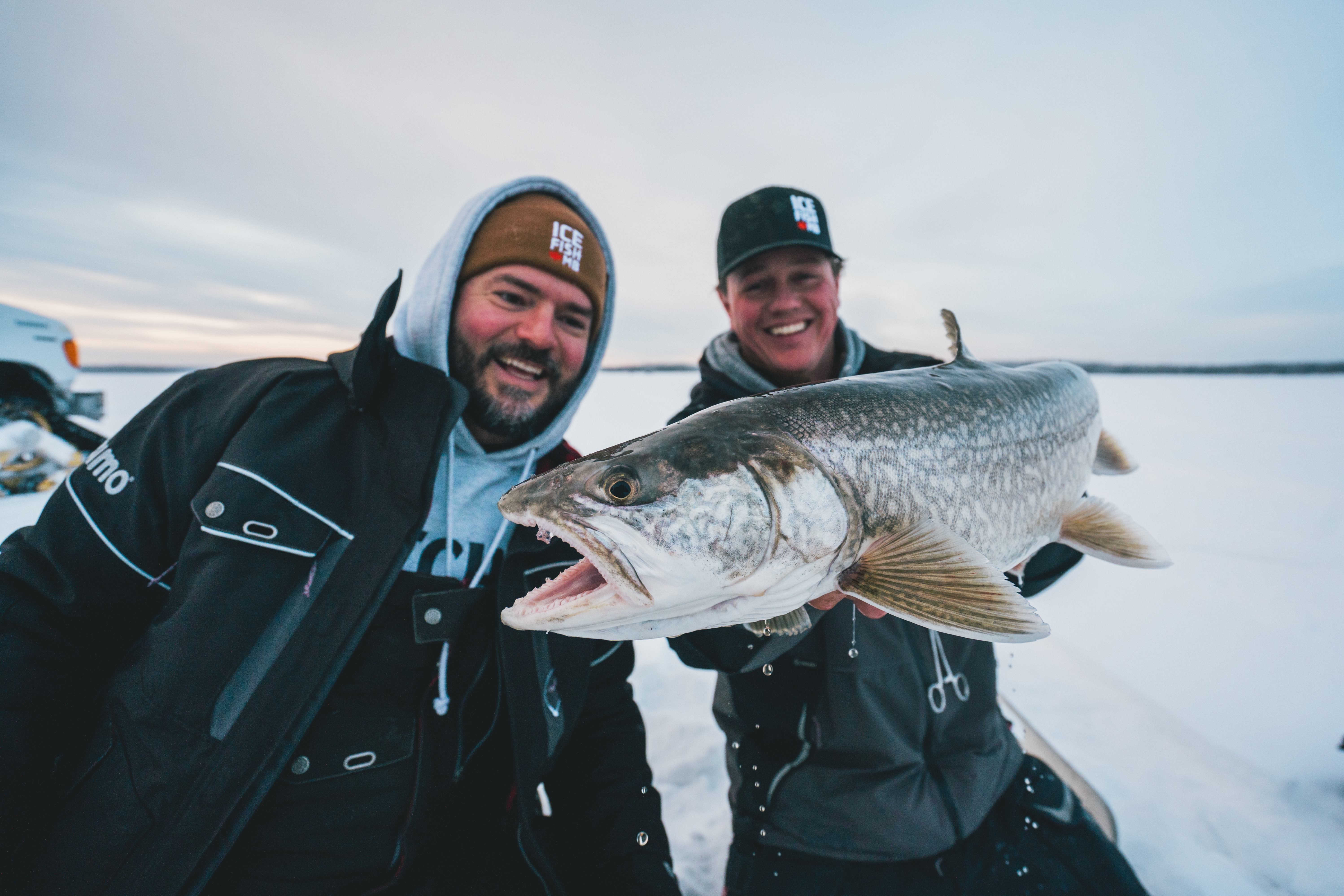
By combining scientific information with community-sourced observations, you build a clearer understanding of the overall ice picture. This preparation helps you choose more strategic access points, identify areas of concern before you arrive, and avoid risky assumptions based on outdated knowledge or guesswork.
Key pre-trip considerations
- Current air temperatures
- Several-day temperature trends
- Wind speed and direction
- Freeze history for the specific lake
- Shoreline conditions, especially at access points
- Angler reports from the region
- Known locations that are influenced by current
- Satellite or surface imagery, when available
- Municipal or provincial caution advisories
Rick Gergatz and The Lake Winnipeg Report
Special acknowledgement goes to Rick Gergatz and “The Lake Winnipeg Report” Facebook group.
Rick does an outstanding job of providing timely observations, access updates, safety notes, and real-world angler experiences. His community has become the modern reference hub for anglers preparing to take on Big Windy. Many anglers will check for Rick’s recent updates before heading onto the lake.
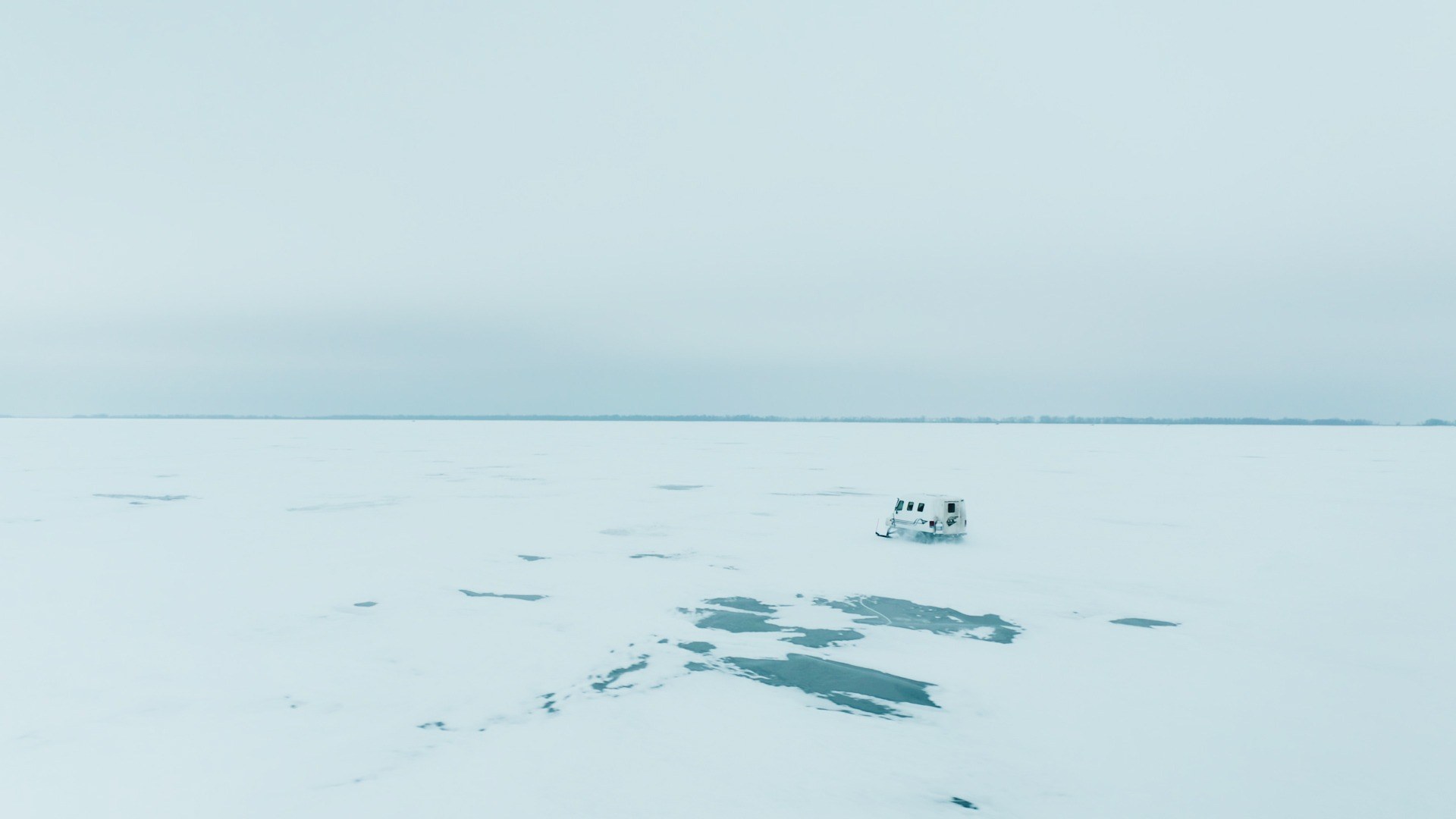
Ice Safety Equipment Checklist
Having the right gear dramatically reduces risk and supports safe decision-making. Each piece of equipment serves a purpose, whether for prevention, visibility, rescue or communication. Some items help you avoid danger in the first place, while others give you the tools to respond effectively if an emergency occurs. Being properly equipped is not just about personal preparedness; it also enables you to assist others when needed and contribute to safer conditions for everyone on the ice.
Personal Safety Gear
- Ice picks (worn around your shoulders or attached to a jacket)
- Floating or buoyant ice suit
- Ice Cleats
- Warm base layers
- Backup dry clothing sealed in a waterproof bag
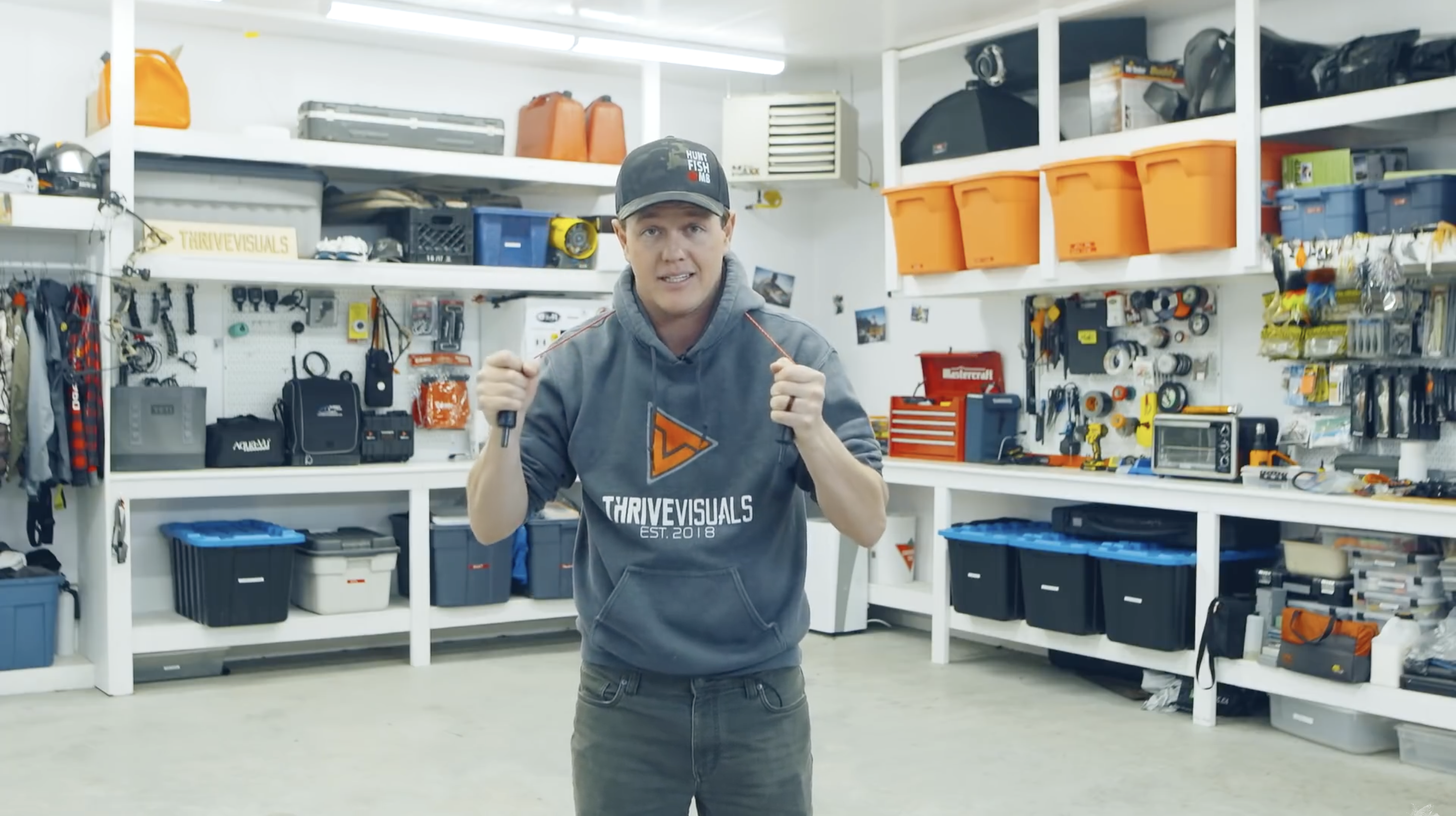
Emergency Essentials
- Throw rope
- Spud bar for checking ice thickness
- First aid kit
- Garmin® InReach or similar emergency communicator
- Whistle
- Headlamp
- Cell phone with a waterproof pouch and a fully charged backup battery

Travel and Movement Safety
- Snowmobile or quad in safe working condition
- Tow strap
- Helmet and goggles
- Bridging plank or compact ladder for crossing pressure cracks
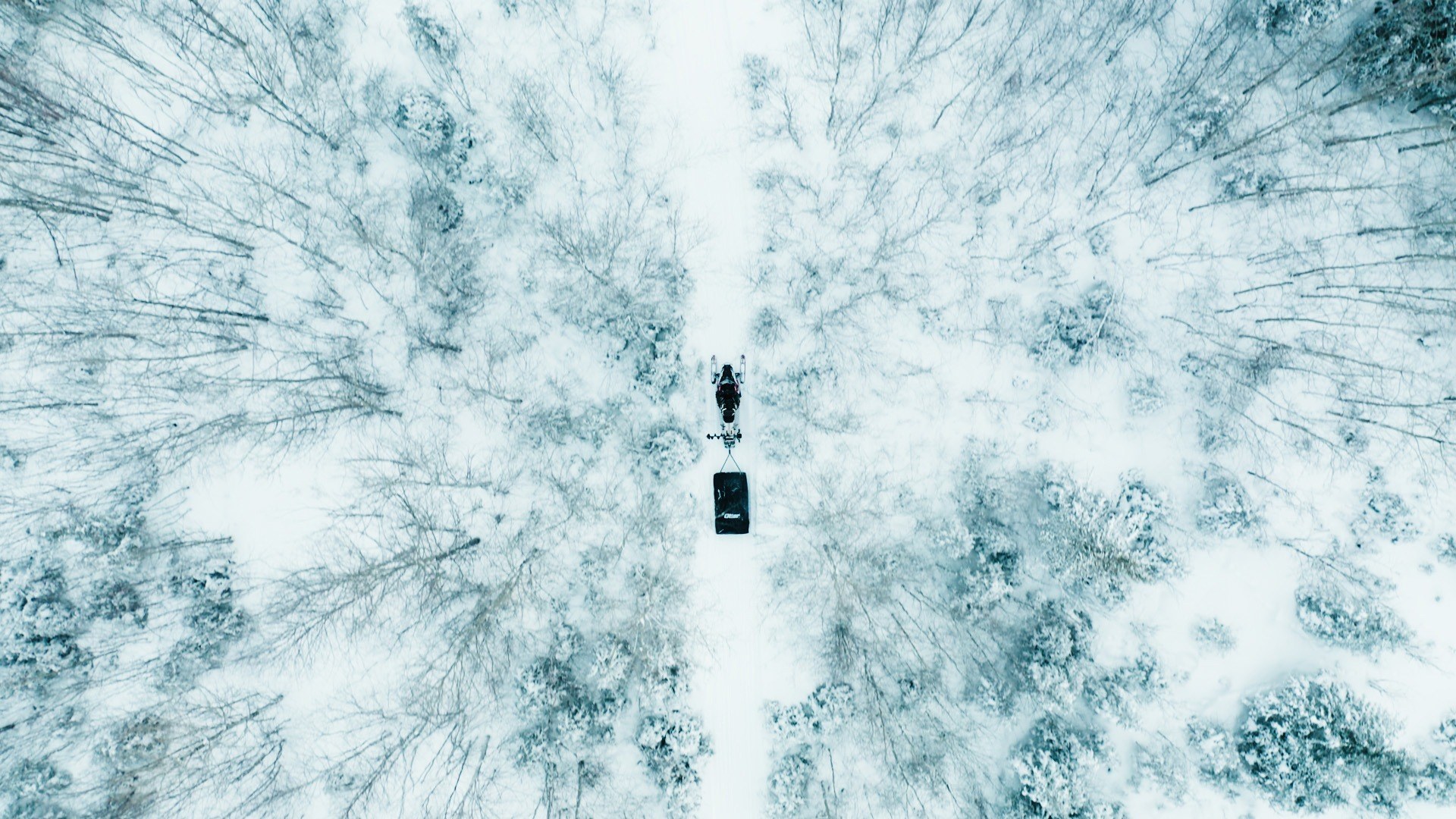
Safe Movement Habits
- Don't fish alone when possible
- Tell someone where you are and when you will return
- Keep spacing between travellers on foot
- Keep spacing between vehicles or machines
- Test ice ahead with a spud bar or an auger
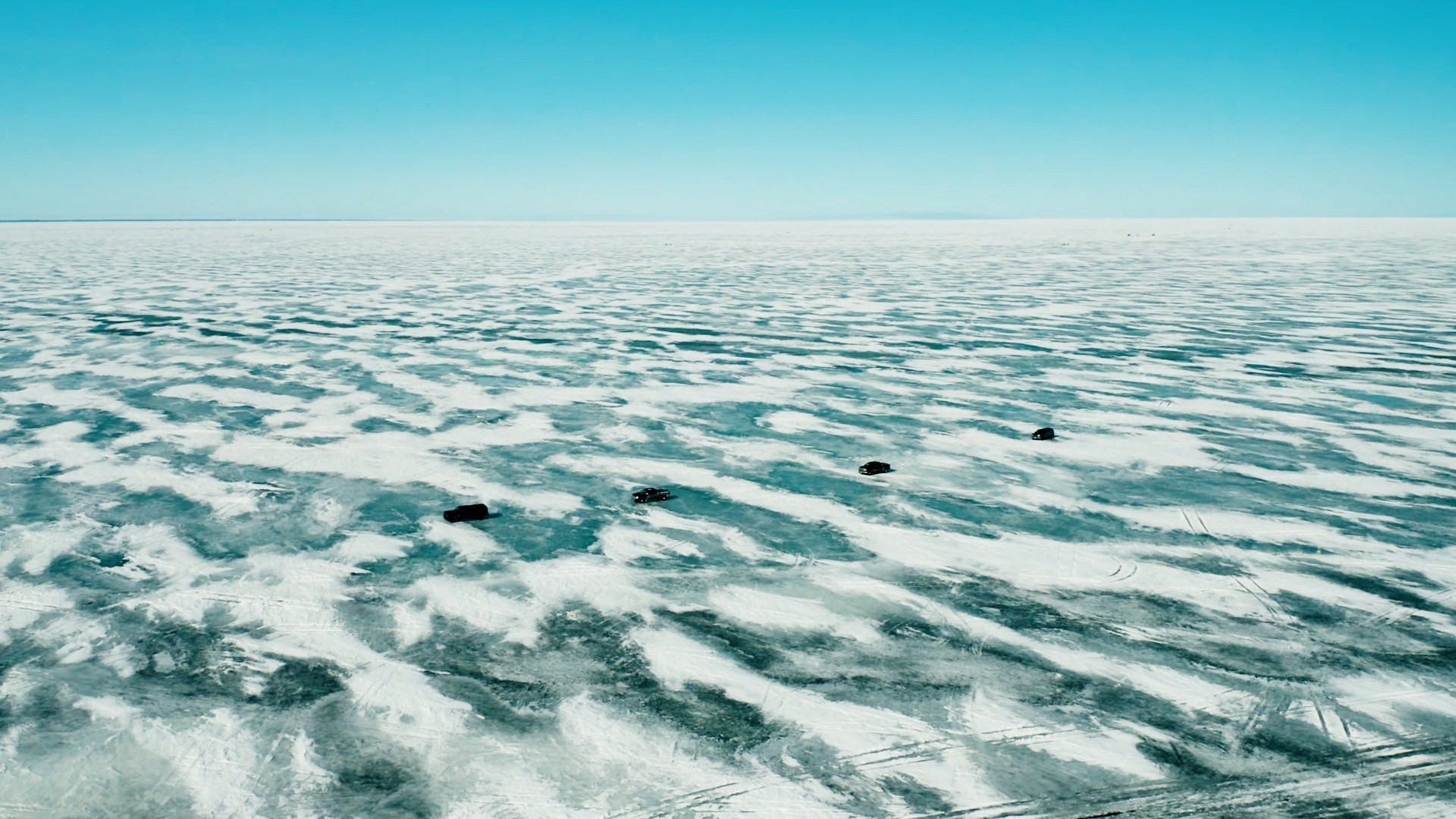
Educational Ice Safety Videos
Jay Siemens Ice Safety Video
Jay Siemens produced an excellent foundational ice safety video. This video covers everything you need to know about staying safe on frozen water, including how to assess conditions, travel responsibly and prepare the right equipment. It is one of the most comprehensive and easy-to-follow resources available and we strongly encourage all anglers, new or experienced, to watch the video below in full.
Uncut Angling Ice Breakthrough Demonstration
Aaron Wiebe of Uncut Angling delivered a controlled, extremely informative demonstration. This video shows exactly what falling through the ice looks like in real time and how to self-rescue using the technique and controlled movement. This demonstration should never be attempted by anyone. It is an educational safety reference only and a valuable reminder of how serious and unforgiving cold water immersion truly is. Watch below.
Know Before you Go
Ice fishing in Manitoba is more than a pastime; it is a celebrated winter tradition that draws anglers from across the province and far beyond. The ability to step onto frozen lakes in pursuit of trophy walleye, pike, trout and more is something truly special.
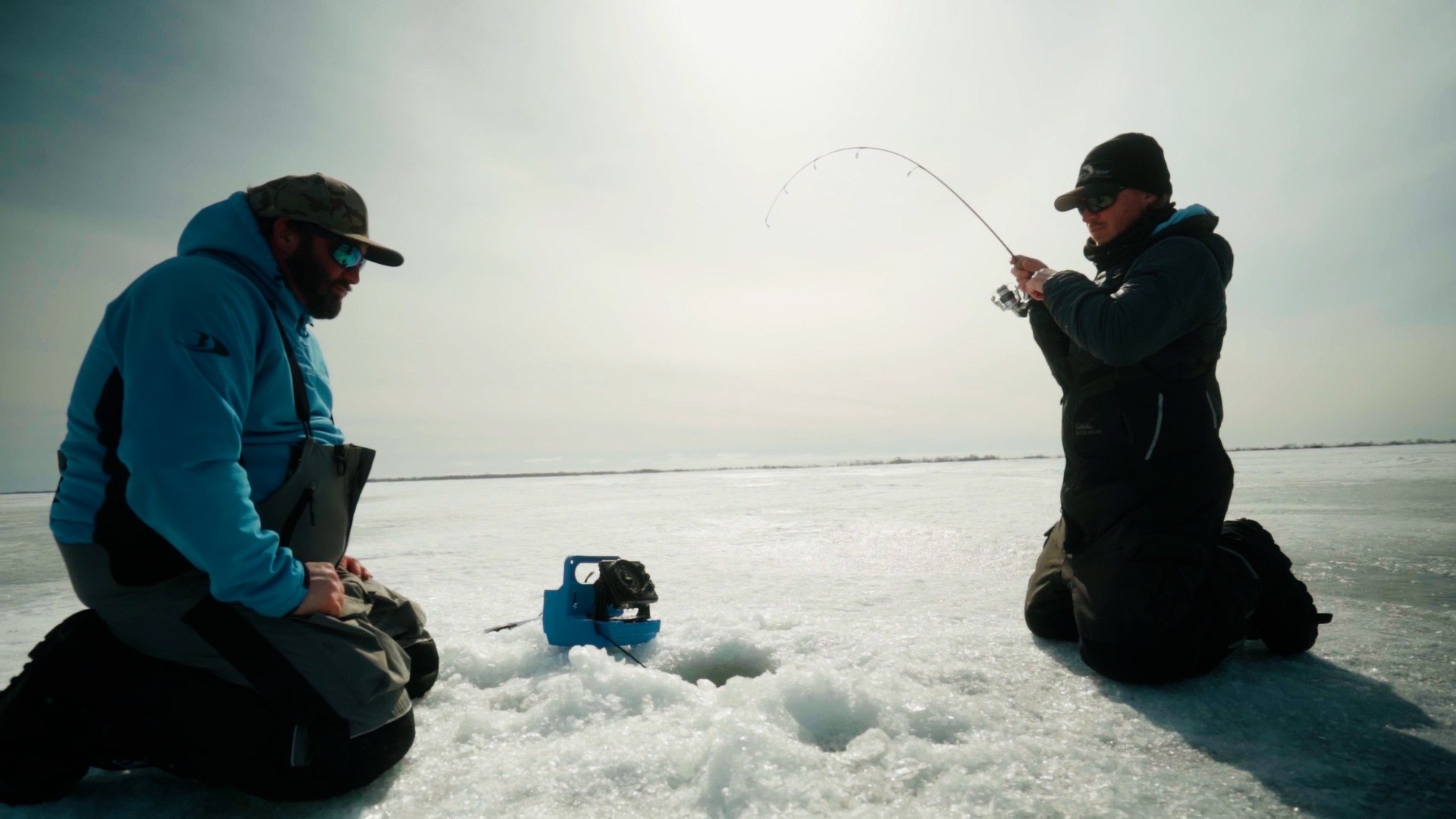
With that comes the responsibility to treat the ice with respect, stay informed and travel prepared. By using trusted resources, reviewing conditions, carrying proper equipment and approaching the ice with caution, you help ensure your experience is both successful and safe.
The information provided in this blog post regarding ice safety, recommended gear and travel techniques is for educational and informational purposes only. It is intended to serve as a guide and does not replace the necessity of exercising extreme caution, personal judgment and continuous risk assessment when travelling on frozen bodies of water. Ice conditions are highly variable, constantly changing, and inherently unpredictable, regardless of time of year or location. The onus is entirely on the individual to confirm ice thickness, verify current conditions and assume all associated risks.
With the right knowledge and preparation, you can enjoy the very best of Manitoba’s world-class ice fishing opportunities with confidence throughout the season.






